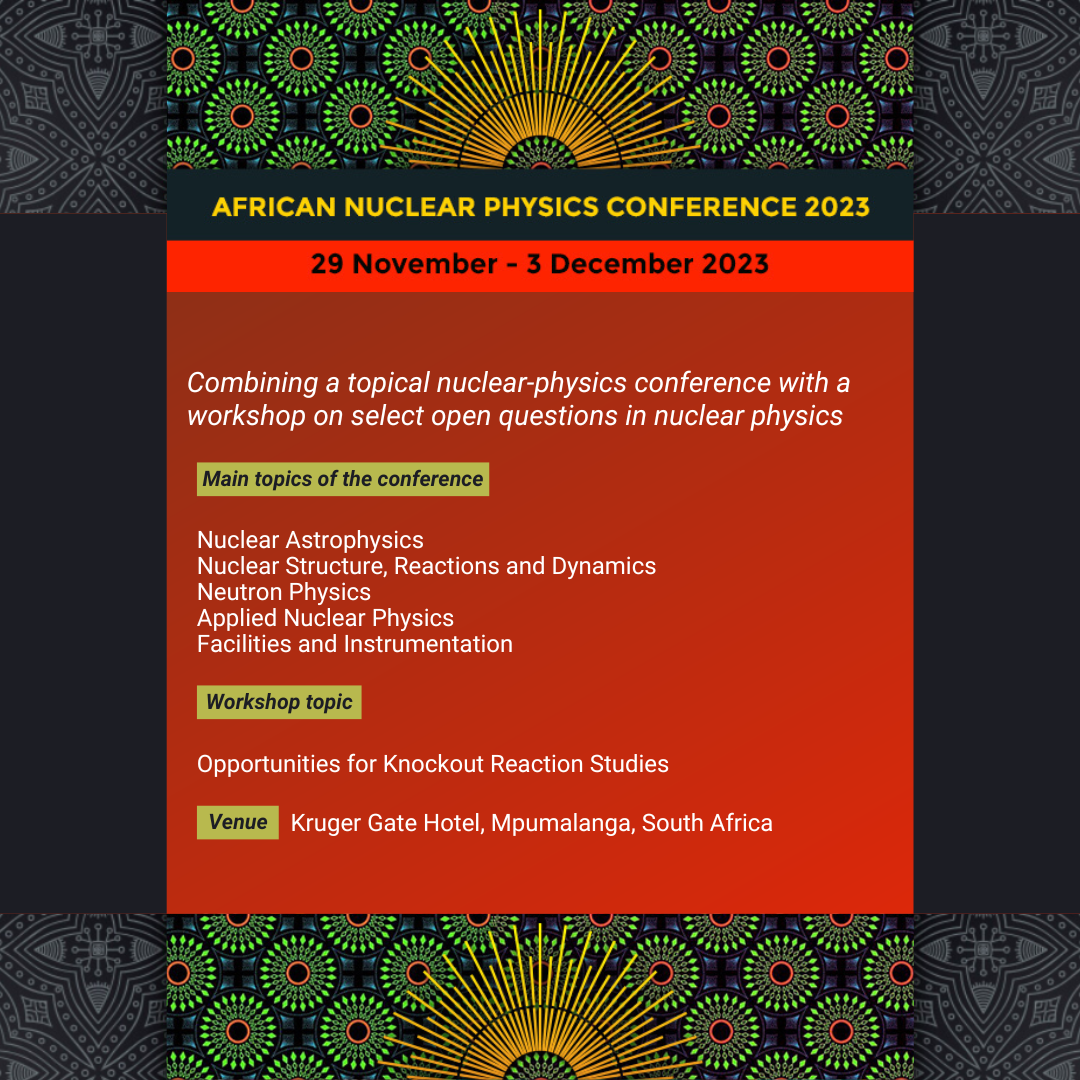The study of the total cross sections for the reactions involving neutron-rich weakly bound nuclei makes it possible to obtain information on their structure (halo, skin, clustering, etc.) and its manifestation in nuclear reactions.
For example, the outer neutrons of the ${}^9$Li nucleus with an energy of separation of 4 MeV have a compact space distribution that may be called skin. The results of experiments on measuring total cross sections for the $^{9}$Li+$^{28}$Si reaction as a function of the beam energy in the range $E=5A-50A$ MeV [1,2] showed that, in the energy range $E=10A-20A$ MeV, the values of the total cross section for the $^{9}$Li+$^{28}$Si reaction are much larger than those for the $^{7}$Li+$^{28}$Si reaction [2]. Such an enhancement could not be explained by the theoretical models existing at the time. In [1], it was assumed that the reason for the enhancement was related to the properties of the shell of the relatively weakly bound outer neutrons and its evolution in the process of collision with the target nucleus. This assumption provided good agreement of calculations with the experimental data.
In the $^{11}$Li nucleus, the outer neutrons are even more weakly bound $-$ their energy of separation is 0.4 MeV, which leads to an extended space distribution called halo. The enhancement of the cross section for the $^{11}$Li+$^{28}$Si reaction compared to those for the $^{9}$Li+$^{28}$Si and $^{7}$Li+$^{28}$Si reactions was experimentally observed in the entire energy range, up to $50A$ MeV; this enhancement was theoretically explained by neutron transfer from the extended halo shell to the states of the continuous spectrum [3].
Clustering in light nuclei is especially pronounced in the isotopes of beryllium; their moment of inertia turned out to be very large, which is consistent with their $2\alpha$-cluster structure characterized by a large deformation (e.g., [4]). Calculations also yielded a dumbbell-shaped structure due to the pronounced $2\alpha$-clustering (e.g., [5]). In this work, we discuss the manifestation of the structures of the $^{10,11,12}$Be isotopes in the reactions with the $^{28}$Si target measured using a multidetector gamma spectrometer [6] in comparison with the experimental data on the total reaction cross sections for the $^{7,9,11}$Li isotopes [1$-$3] and $^{4,6}$He.
[1] Yu.E. Penionzhkevich, Yu.G. Sobolev, V.V. Samarin, M.A. Naumenko, Phys. At. Nucl. 80, 928 (2017).
[2] Yu.G. Sobolev, Yu.E. Penionzhkevich, D. Aznabaev, E.V. Zemlyanaya, M.P. Ivanov, G.D. Kabdrakhimova, A.M. Kabyshev, A.G. Knyazev, A. Kugler, N.A. Lashmanov, K.V. Lukyanov, A. Maj, V.A. Maslov, K. Mendibayev, N.K. Skobelev, R.S. Slepnev, V.V. Smirnov, D. Testov, Phys. Part. Nucl. 48, 922 (2017).
[3] Yu.E. Penionzhkevich, Yu.G. Sobolev, V.V. Samarin, M.A. Naumenko, N.A. Lashmanov, V.A. Maslov, I. Sivacek, S.S. Stukalov, Phys. Rev. C 99, 014609 (2019).
[4] Yu.E. Penionzhkevich, R.G. Kalpakchieva, Light exotic nuclei near the boundary of neutron stability (World Scientific Publishing Co. Pte. Ltd., Singapore, 2022).
[5] Q. Zhao, Y. Suzuki, J. He, B. Zhou, M. Kimura, Eur. Phys. J. A 57, 157 (2021).
[6] V.V. Samarin, Yu.G. Sobolev, Yu.E. Penionzhkevich, S.S. Stukalov, M.A. Naumenko, I. Sivacek, Phys. Part. Nucl. 53, 595 (2022).



